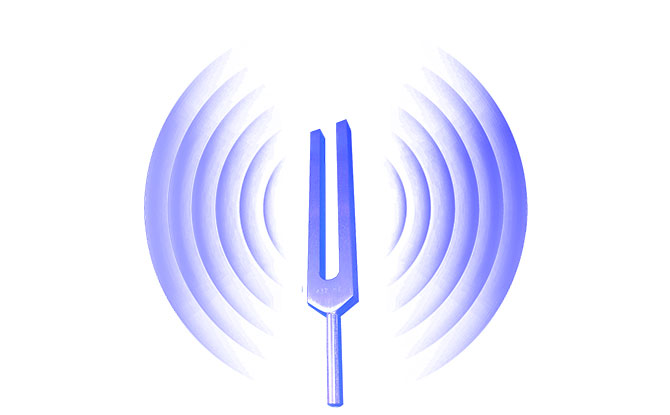A sound wave’s wavelength is the length of a single cycle of the wave, from peak to peak or trough to trough. Different frequency sound waves would have different wavelengths. In general, the higher the frequency, the shorter the wavelength.
What is a Wavelength?
To understand wavelength better, consider a toy like a Slinky: the wavelength is the space between two adjacent coils as you move the toy up and down.
A high-pitched whistle would have a short wavelength, whereas a deep bass note might have a long one. The relationship between a sound’s frequency (or pitch) and the speed of the sound in the medium it is traveling through is called the wavelength.
Sound waves are measured in air or another medium to determine their distance.
Calculating Wavelength
Wavelength can be calculated with the following formula:
Wavelength = Speed of Sound in a Medium / Frequency
Factors affecting Wavelength

The following variables may impact a sound wave’s wavelength:
Wavelength and frequency are inversely related, so a sound wave with a higher frequency will have a shorter wavelength and vice versa.
Medium: A sound wave’s wavelength can also be impacted by the medium it is traveling through. The density and compressibility of the medium are two physical characteristics that affect the speed of sound in that medium. The wavelength and frequency of a sound wave remain the same when it travels through a new medium, but the speed changes, changing how the wavelength appears in the new medium.
Temperature: The medium’s temperature can also influence how quickly sound travels through it, which can change the sound wave’s wavelength. The wavelength will shorten as the temperature rises because the speed of sound generally increases with temperature.
Pressure: Both the speed of sound and the wavelength of a sound wave are influenced by the medium’s pressure. In general, as pressure rises, the speed of sound increases, causing the wavelength to shorten.
Humidity: Although to a much lesser extent than temperature and pressure, humidity can also affect the sound wave’s wavelength and speed.
Keep in mind that these variables can interact, which means that several variables may have an impact on the wavelength of a sound wave at once. The particulars of the situation will determine the precise effect of each factor.
Changes in Wavelength Moving From One Medium to Another
The wavelength of a sound wave can change as it travels through different media. Happens because a medium’s density and compressibility have an impact on the speed of sound therein. Even if a sound wave’s frequency doesn’t change when it passes in a different medium, its speed does. Therefore, based on the formula above, this will affect how the wavelength in the new medium.
For instance, a sound wave moving from the air to the water will do so more quickly and with a shorter wavelength. This is the reason why things look bigger visually in water than they do in the air. When a sound wave travels from water to air, similar effects take place: the wave’s speed increases and its wavelength shorten. This is known as refraction.
Therefore, a sound wave with the same frequency will have a different wavelength in water and air.

